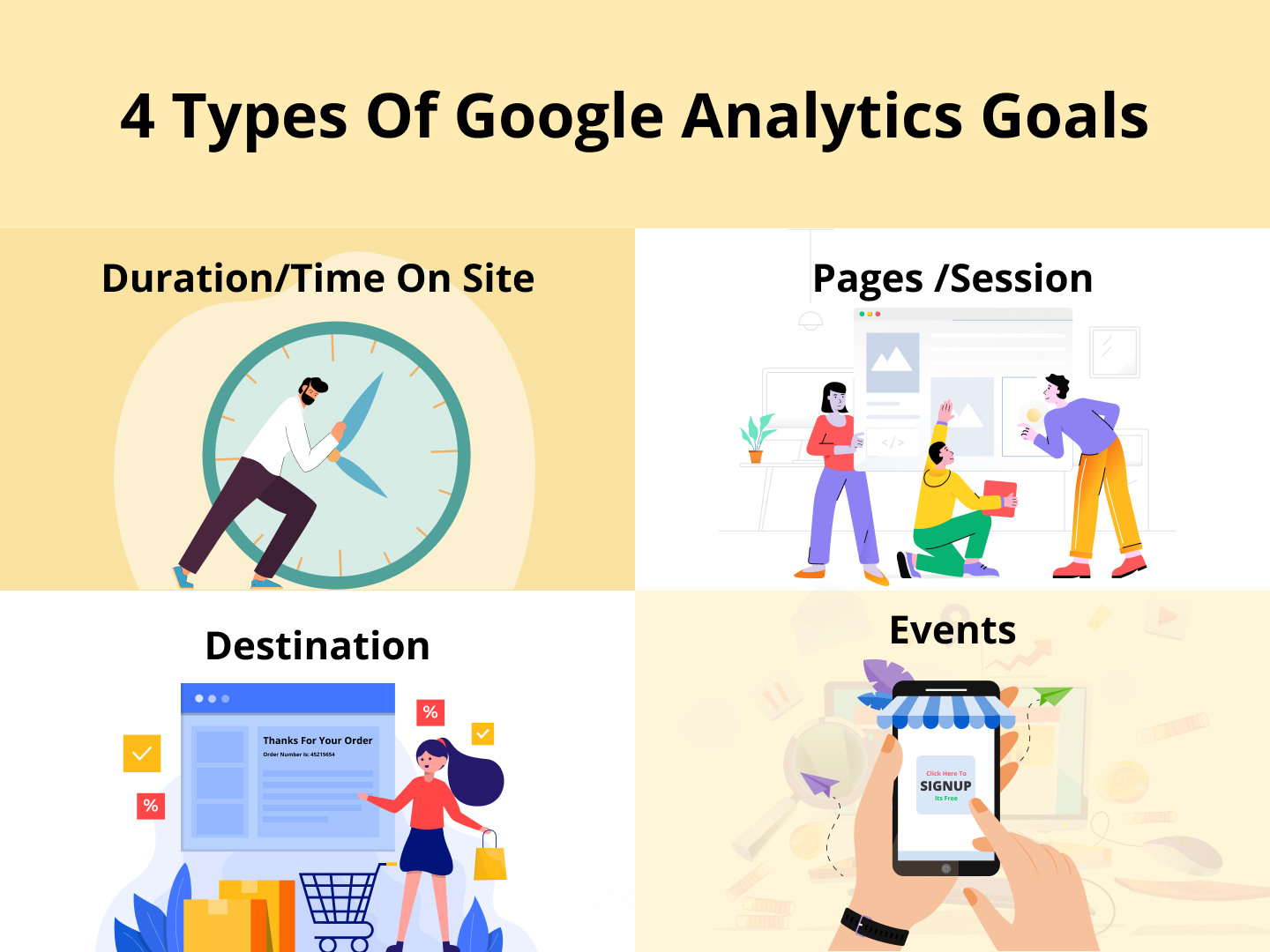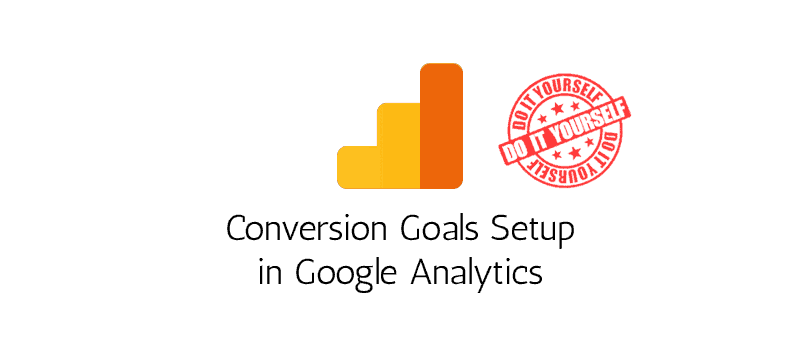Comprehensive Listing of What Data Is Google Analytics Goals Unable to Track
Wiki Article
Discover the Limitations of Google Analytics Goals: Unveiling the Information Types That Remain Untrackable
As companies increasingly rely on data-driven decision-making, recognizing the constraints of tools like Google Analytics comes to be vital. While Google Analytics Goals deal important understandings right into customer communications, there exist information kinds that elude tracking, presenting obstacles to a comprehensive understanding of individual actions.Insufficient User Journey Tracking
Insufficient customer trip monitoring within Google Analytics can hinder the ability to precisely evaluate individual actions. When the customer trip is not totally tracked, there are voids in the data that protect against a comprehensive understanding of exactly how customers interact with a site. This lack of insight can lead to missed out on possibilities for optimization and renovations to the customer experience.One common issue with insufficient customer trip tracking is the failure to see the complete path that users take before completing an objective or leaving the website. Without this details, it is challenging to recognize where customers might be coming across challenges or friction factors that prevent them from converting. Additionally, insufficient tracking can obscure the influence of specific advertising initiatives or internet site adjustments on individual actions.
To resolve this restriction, it is vital to establish correct tracking devices within Google Analytics to catch the whole customer journey. This might involve establishing occasion tracking, goal funnels, or making use of devices like Google Tag Supervisor to make sure that no crucial interactions go unrecorded. By getting a detailed view of the customer trip, site owners can make more enlightened decisions to boost user involvement and drive conversions.
Attribution Challenges
Browsing through acknowledgment challenges in Google Analytics calls for a detailed understanding of just how different touchpoints add to the total conversion process. Attribution obstacles occur from the intricacy of modern client trips, where customers engage with multiple channels prior to transforming. Google Analytics provides different acknowledgment designs like first touch, last touch, and straight, each using a various viewpoint on exactly how credit is designated to touchpoints along the conversion course. However, these designs might not constantly properly show the real influence of each touchpoint on the conversion.One typical attribution difficulty is the problem in connecting conversions to the correct source, especially in cases where individuals communicate with several channels before converting. This can cause errors in identifying which advertising efforts are driving the most conversions. In addition, cross-device tracking presents one more acknowledgment obstacle, as individuals often switch over in between tools during their journey, making it challenging to track their interactions seamlessly. Marketing professionals must thoroughly examine and interpret attribution data to make enlightened choices and maximize their advertising methods effectively.
Offline Conversions
Offered the challenges associated with associating conversions precisely in online channels, the dimension of offline conversions provides a substantial possibility for marketing professionals seeking a more comprehensive understanding of their clients' trip. Offline conversions describe actions that customers absorb the real world, such as making purchases in brick-and-mortar shops or over the phone, participating in events, or engaging with printed products - what data is google analytics goals unable to track. These conversions are essential for businesses that operate both online and offline, as they give useful understandings into the performance of advertising and marketing campaigns across various touchpointsTracking offline conversions generally positioned a considerable challenge for online marketers, as it was challenging to link these activities back to specific on-line interactions properly. However, with improvements in technology, such as the combination of CRM systems, unique identifiers, and coupon codes, companies can currently bridge the space between online and offline data to obtain an extra holistic sight of consumer actions. By efficiently measuring offline conversions, marketing professionals can optimize their techniques, allot sources extra effectively, and eventually enhance the overall client experience.
Cross-Device Tracking
Cross-device monitoring plays an essential duty in understanding the interconnected nature of consumers' electronic interactions across several gadgets. In today's omnichannel globe, where individuals flawlessly change in between tablet computers, smart devices, and desktop computers, tracking their behavior across these devices is crucial for online marketers to obtain a comprehensive sight of their consumer journey.
In addition, privacy worries and regulations such as GDPR and CCPA have even more challenging cross-device monitoring. With individuals demanding even more control over their information and raised restrictions on tracking innovations, marketing experts should discover privacy-compliant and cutting-edge methods to link individual communications throughout gadgets.
Dynamic Material Interaction
Understanding individual interaction with dynamic web content is critical in enhancing digital advertising and marketing strategies for improved audience communication. Dynamic content refers to site aspects that alter based on user actions, preferences, or various other factors, offering an individualized experience. Tracking individual interactions with dynamic material positions difficulties for typical analytics reference devices like Google Analytics.While Google Analytics can track basic interactions like clicks and web page views, it may have a hard time to catch even more nuanced interactions within dynamic material. what data is google analytics goals unable to track. Metrics such as time spent on specific vibrant aspects, hover activities, or communications within pop-ups are often not easily quantifiable utilizing standard tracking approaches. This restriction impedes marketing professionals' ability to totally realize how customers are engaging with dynamic material and customize their methods as necessary

Final Thought
Finally, Google Analytics goals have limitations in tracking incomplete user why not try here journeys, associating conversions accurately, recording offline conversions, tracking cross-device communications, and measuring dynamic material interaction. These restraints highlight the importance of discovering additional tracking techniques and devices to obtain a much more extensive understanding of user actions and conversions beyond what Google Analytics can give.While Google Analytics Goals deal important insights into customer interactions, there exist data kinds that elude tracking, posturing difficulties to an extensive understanding of individual actions.Insufficient user trip tracking within Google Analytics can hinder the ability to properly evaluate user actions. When the individual journey is not fully tracked, there are gaps in the data that stop a comprehensive understanding of just how users communicate with a website.One typical problem with insufficient customer journey monitoring is the inability to see the complete course that customers take before finishing an objective or leaving the site. By obtaining a comprehensive sight of the customer trip, web site owners can make even more educated choices to improve individual interaction and drive conversions.
Report this wiki page